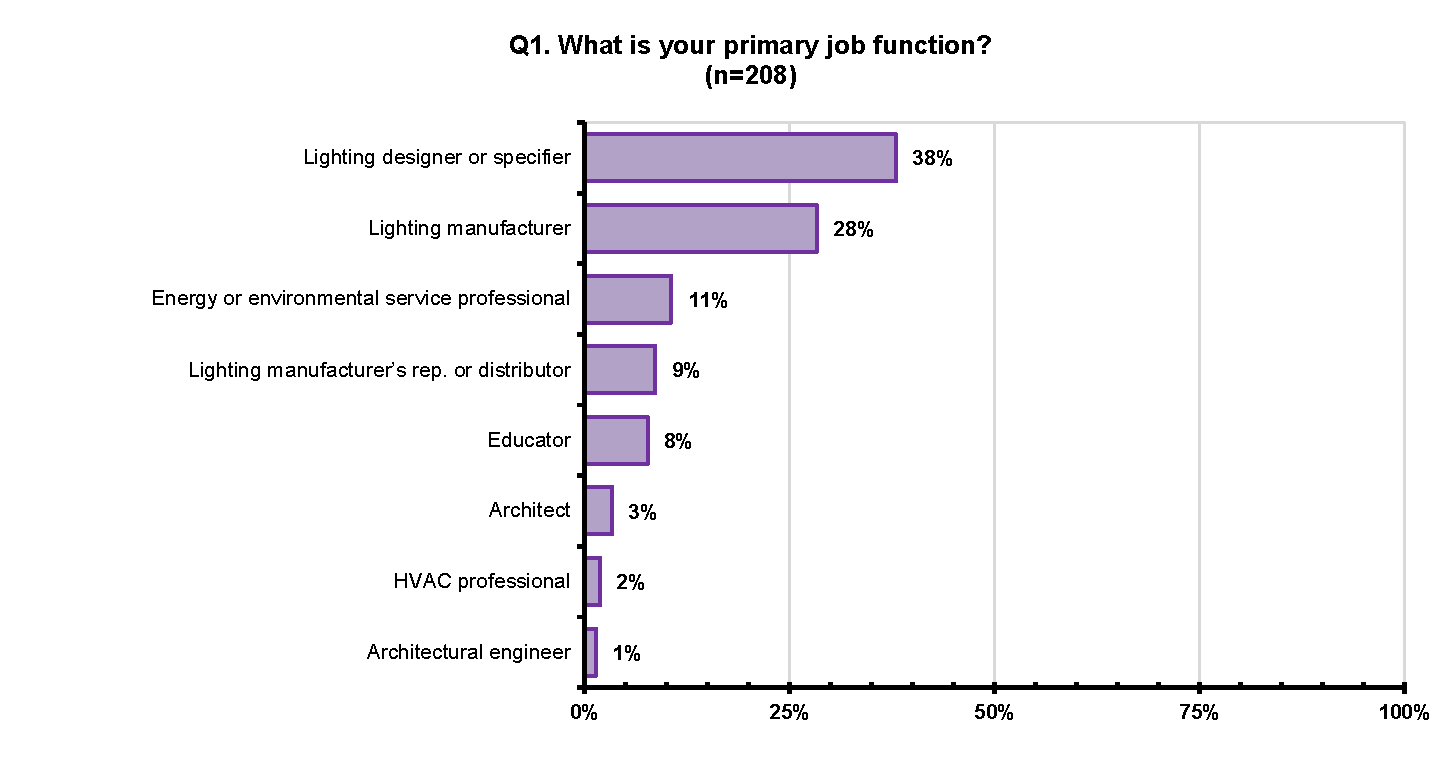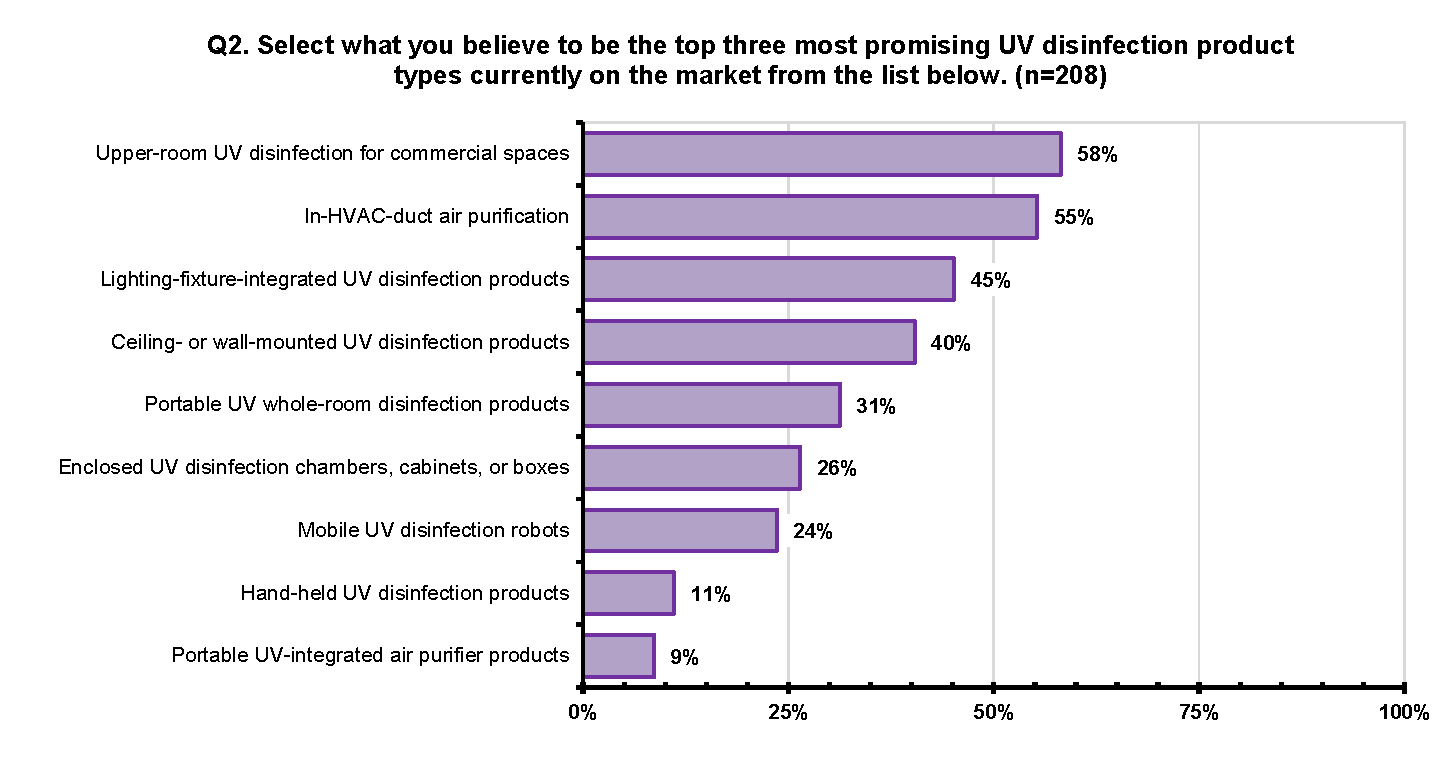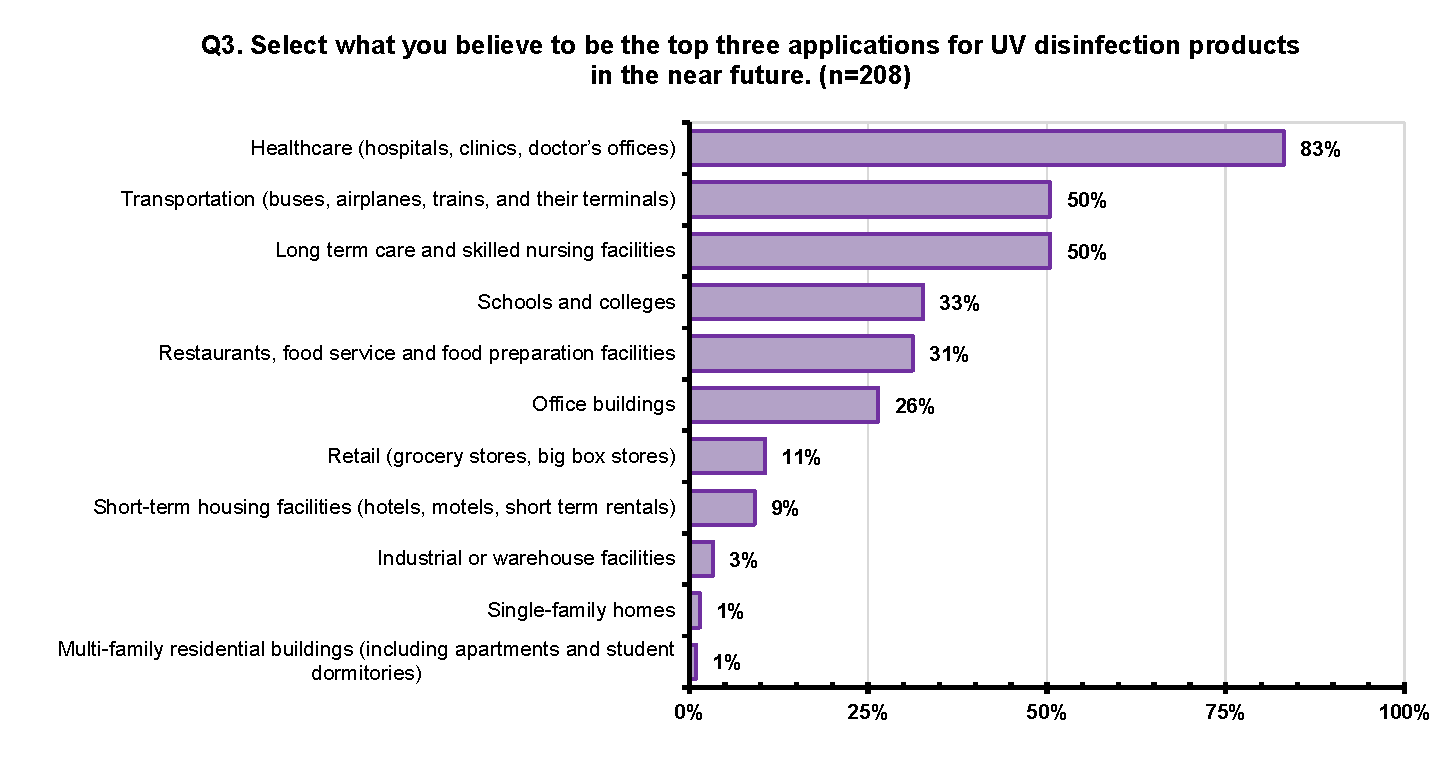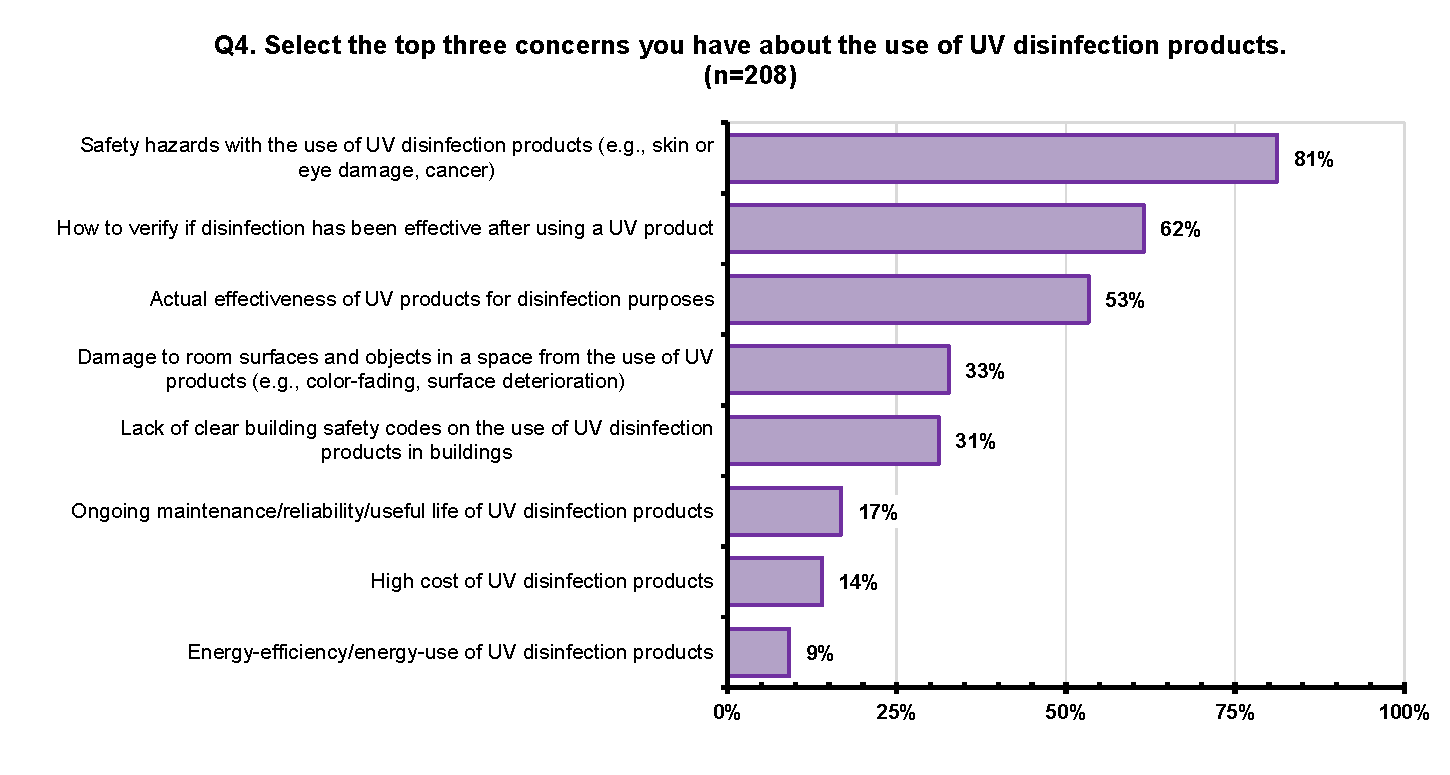Survey Results: The Public's Views on UV Disinfection Products
The present pandemic crisis has raised the profile of ultraviolet (UV) technologies designed to provide disinfection in a variety of buildings, including hospitals, long term care facilities, food service establishments, and offices. While some UV technologies are mature, several new technologies are not. In particular, new UV-LED products are now being offered for sale. With increasing options for products and applications, many consumers and product specifiers have questions about the safety, effectiveness, and energy efficiency of these products.
In order to address these concerns, the Lighting Research Center (LRC) at Rensselaer Polytechnic Institute is currently examining a range of UV disinfection technologies. The goal of this work is to provide information that will help decision makers select UV products that are effective, safe, and energy efficient. A unique feature of this effort is the testing and evaluation of several UV disinfection products. This project is supported by members of the LRC’s Lighting Energy Alliance and the McClung Lighting Research Foundation.
"A hallmark of the LRC over the past 30 years has been our ability to accurately measure and evaluate lighting and related technologies," said Dr. Mark Rea, the lead researcher on this effort. "Timely, accurate information on the performance and safety of UV products is crucial to people making decisions about the purchase and use of these technologies."
To launch the project, the LRC administered an online survey asking about people's experiences with and concerns about UV disinfection products. Responses to the survey were received from over 200 people in June and July 2020. As shown in Figure 1 below, the largest percentage of respondents were lighting specifiers (38%) followed by lighting manufacturers (28%). Also responding were energy service personnel (11%) and lighting manufacturers' representatives and distributors (9%). A few responses came from educators (8%), architects (3%), HVAC professionals (2%), and architectural engineers (1%).
Figure 1: Primary job functions of UV survey respondents

In the survey, respondents were asked to select what they believed to be the three most promising types of UV disinfection products (Figure 2). The most popular choices were: upper-room air purification (58%), in-duct air purification (55%), surface disinfection integrated with light fixtures (45%), and surface disinfection from (dedicated) wall- or ceiling-mounted products (40%).
Figure 2: Survey respondents' opinions about most promising UV disinfection products

Survey respondents were also asked to select what they viewed as the three most promising application types for UV disinfection (Figure 3). Most respondents (83%) selected healthcare applications. Half (50%) thought that transportation and long-term care (i.e., nursing home) facilities were a promising application for UV disinfection systems. Less than a third of respondents selected schools and colleges (33%), restaurant food service (31%), and office buildings (26%) among their top three rated application types.
Figure 3: Survey respondents' opinions about most promising application types for UV disinfection

Finally, respondents were asked to select the three greatest concerns they had with UV disinfection technologies (Figure 4). Most respondents (81%) were concerned about product safety. Also of concern were field verification of effectiveness (62%) and overall effectiveness of UV products (53%). A third of respondents were concerned about damage to materials (33%) and the lack of clear building safety codes for use of UV disinfection in buildings (31%). Of lesser concern were ongoing maintenance (17%), high product cost (14%), and energy use (9%).
Figure 4: Survey respondents' opinions about most promising application types for UV disinfection

The LRC will use the results of this survey to guide the testing and evaluations, and to provide decision makers with technical information for selecting UV disinfection products and application types.
About the Lighting Energy Alliance
The Lighting Energy Alliance (LEA) is a collaboration of members whose common goal is to conduct research to increase the benefits of lighting while reducing its environmental and monetary costs. LEA members include Efficiency Vermont, Energize Connecticut, National Grid, National Resources Canada, the Northwest Energy Efficiency Alliance, and ConEd.
About the Lighting Research Center
The Lighting Research Center (LRC) at Rensselaer Polytechnic Institute is the world's leading center for lighting research and education. Established in 1988 by the New York State Energy Research and Development Authority (NYSERDA), the LRC conducts research in light and human health, transportation lighting and safety, solid-state lighting, energy efficiency, and plant health. LRC lighting scientists with multidisciplinary expertise in research, technology, design, and human factors, collaborate with a global network of leading manufacturers and government agencies, developing innovative lighting solutions for projects that range from the Boeing 787 Dreamliner to U.S. Navy submarines to hospital neonatal intensive-care units. In 1990, the LRC became the first university research center to offer graduate degrees in lighting and today, offers a M.S. in lighting and a Ph.D. to educate future leaders in lighting. Learn more at www.lrc.rpi.edu.
About Rensselaer Polytechnic Institute
Founded in 1824, Rensselaer Polytechnic Institute is America's first technological research university. Rensselaer encompasses five schools, 32 research centers, more than 145 academic programs, and a dynamic community made up of more than 7,900 students and more than 100,000 living alumni. Rensselaer faculty and alumni include more than 145 National Academy members, six members of the National Inventors Hall of Fame, six National Medal of Technology winners, five National Medal of Science winners, and a Nobel Prize winner in Physics. With nearly 200 years of experience advancing scientific and technological knowledge, Rensselaer remains focused on addressing global challenges with a spirit of ingenuity and collaboration.
Don’t miss the next big lighting story…Click here to subscribe to the inside.lighting InfoLetter |
